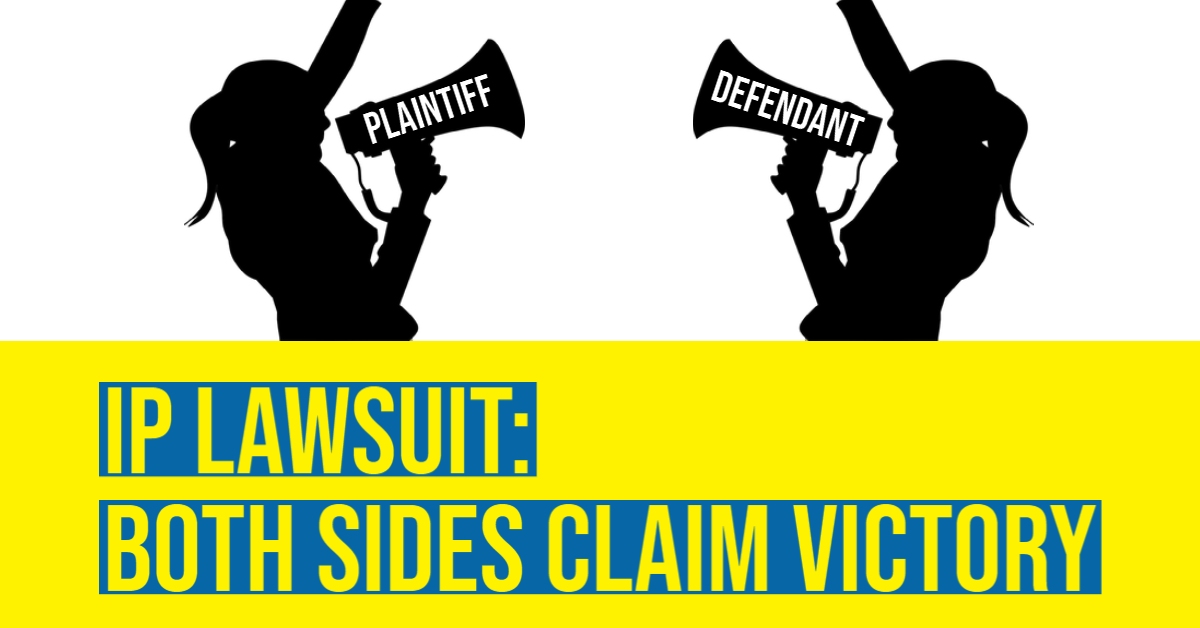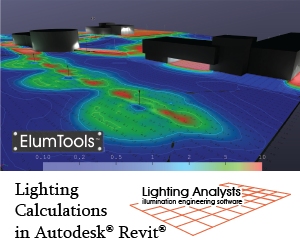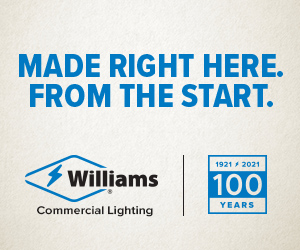IP Lawsuit: Both Sides Claim Victory

Lawsuits aren't always black and white, with a clear winner & loser.
When two parties settle a lawsuit, it's an indication that both parties evaluated a proposed agreement as a more favorable alternative to prolonging litigation and possibly rolling the dice with a jury trial. At the same time, a settlement between two parties does not necessarily mean that they suddenly see eye-to-eye and are amicable.
After lawsuits are closed, it's common to see press releases that share details of the suit. A few companies in our industry use warlike language to describe how a Defendant "suffered defeat" or "surrendered." A recent press release from a Plaintiff cited that a particular company was "criminally convicted" -- which surprised us because interpreted the news as the Defendant paying a civil fine. Most of the time, however, the post-settlement press release is more matter-of-fact -- but it still favors the publisher's side of the story.
A recent example of dueling post-settlement press releases is the case of Kenall vs. Clear-Vu. This lawsuit relates to Kenall's Indigo-Clean® technology and is described in great detail in our September article Challenges Ahead for Kenall?
Related: Challenges Ahead for Kenall?
One of the major aspects of the case is that the Patent Trial and Appeal Board which issued a decision holding that the claims of one of subject patents (the ‘706 Patent) were unpatentable. That's pretty big decision that was mentioned in only one of the press releases.
Kenall's Post-Settlement Press Release:
- "Clear-Vu Lighting has ceased offering for sale all products using visible light disinfection technology."
- Describes the "removal of disinfection lighting" from Clear-Vu's product offerings.
- Read the Press Release
Clear-Vu shares different perspectives in its press release:
- "Clear-Vu Lighting successfully invalidated a key patent pertaining to visible light disinfection technology."
- "Clear-Vu has not previously sold and does not have any current plans to sell products incorporating this technology."
- "Clear-Vu is empowered with a go-forward right to bring such products to market as the result of the invalidation and a legal settlement with Kenall."
- Read the Press Release
It's confusing that Kenall claims that Clear-Vu has ceased selling and offering light disinfection products, and Clear-Vu claims that it never sold any such products. Does that mean that Clear-Vu once marketed such products but didn't sell any? The Kenall press release cites that they have "successfully concluded all outstanding complaints" -- which seems to ignore the fact that one of its main patents was invalidated by the patent board.
The lessons:
Lawsuits aren't always black and white. Sometimes there's a clear victor, and sometimes there is not. If there are 6 claims in a lawsuit, it's possible that 3 are granted and 3 are denied. So each party can claim partial victory.
Press Releases don't tell the whole story, they emphasize just the parts that are favorable to the author. Press releases often contain factual news and legal information, but they are wrapped in a marketing message. The releases are often reviewed by executives and lawyers, but in the end, the press release is issued by the Marketing department. We at inside.lighting will continue our efforts to provide the full context with matters like these.
Don’t miss the next big lighting story…Click here to subscribe to the inside.lighting InfoLetter |




